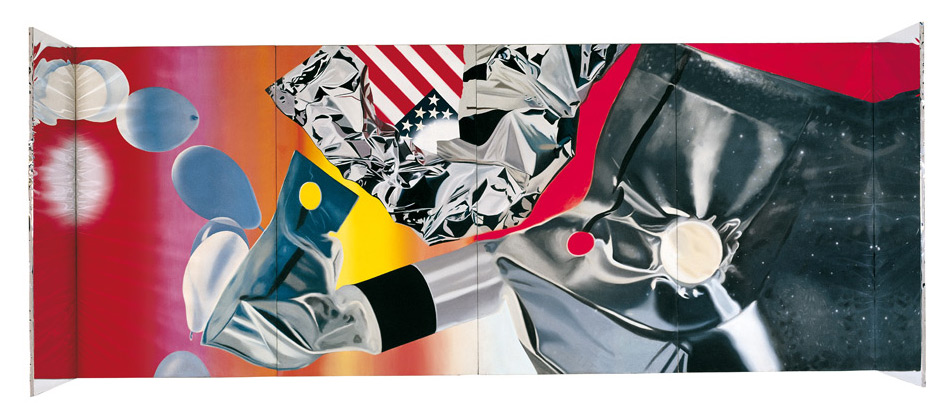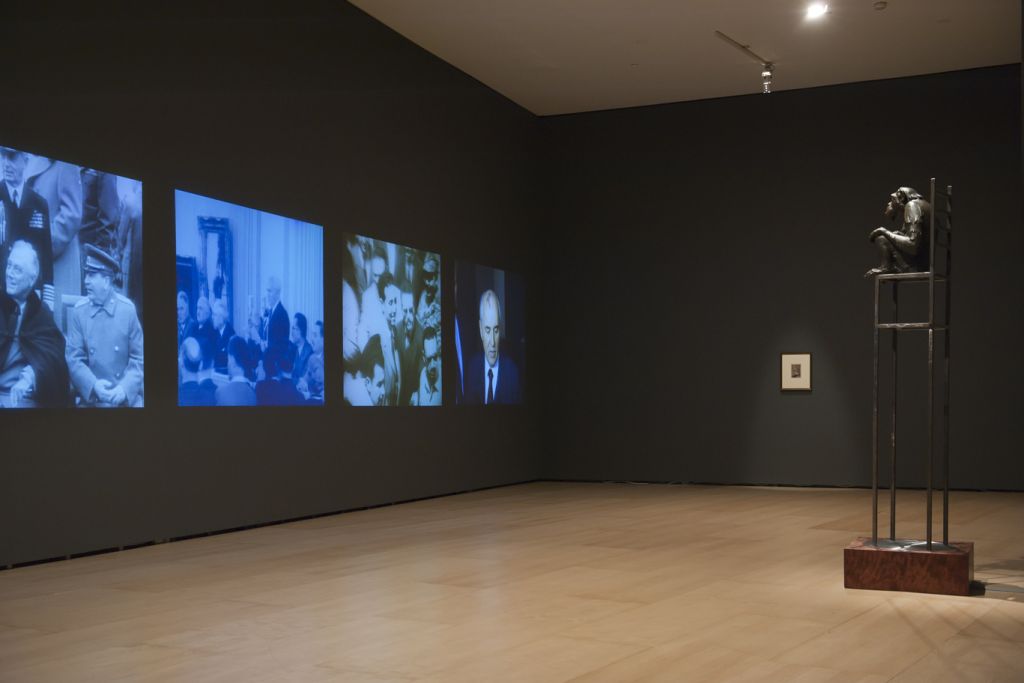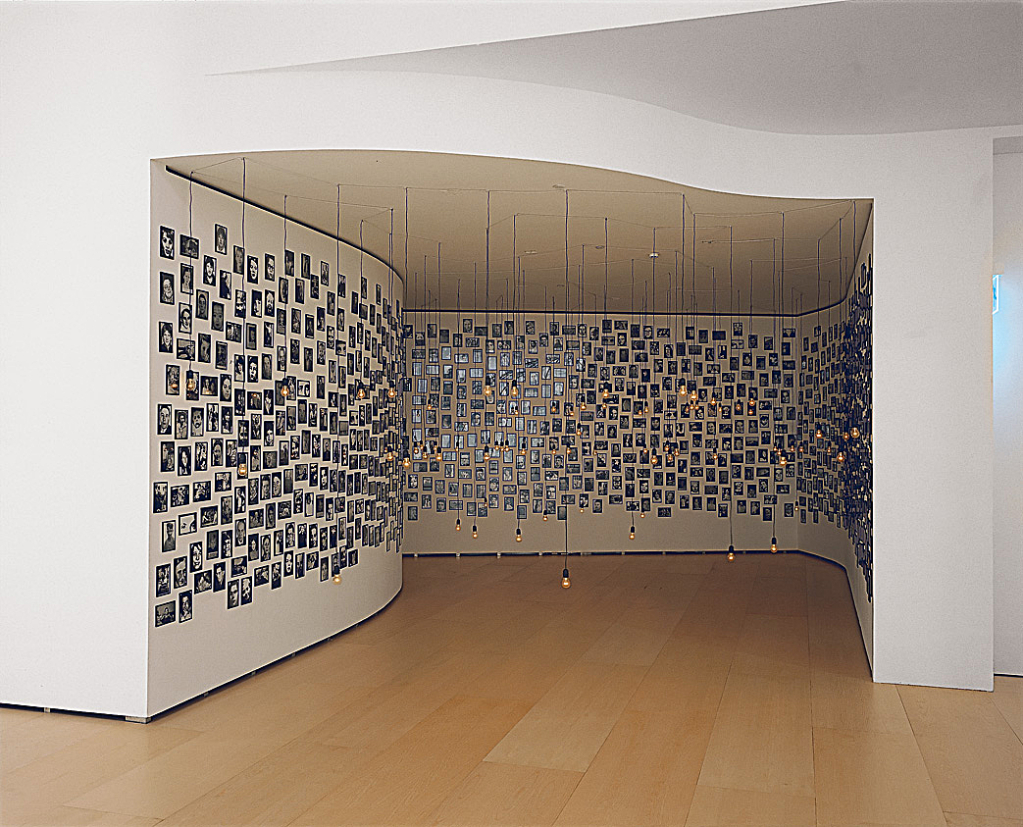Working Model for Government of the People
1967Plaster coated with shellac127 x 73.7 x 38 cm
Born Chaim Jacob Lipchitz in Lithuania (then part of Tsarist Russia) in 1891, Jacques Lipchitz lived and worked in Paris from 1909 until 1940, when the Nazi invasion forced him to flee and ultimately emigrate to the United States, where he spent the last decades of his life. Lipchitz is best known for his Cubist sculptures of the 1910s, in which he created a sculptural equivalent to the pictorial innovations of Pablo Picasso, Georges Braque, and Juan Gris, deploying traditional sculptural means of carving in wood or stone and casting in bronze. He is also known for the "transparents" he began making in the mid-1920s, in which the solid blocks and bas-reliefs of his Cubist sculptures gave way to more open forms.
From 1962 until his death in 1973 Lipchitz produced a number of monumental public sculptures in the United States and Israel. Among these was Government of the People, a work commissioned by the city of Philadelphia in 1967 for the plaza outside the Municipal Services Building, opposite City Hall. As was his usual process, Lipchitz developed the sculpture's design through a number of plaster sketches, two of which were cast in bronze. In the first of these two bronze studies, the tower of interlocking bodies-whose form Lipchitz described as "a sort of totem pole" [1]-culminates in the flag of Philadelphia. In the second, Working Model for the Government of the People (cast in an edition of seven, of which the work in the Guggenheim Bilbao Museum collection is one), the flag has metamorphized into a cluster of reclining figures. These figures are retained in the final version of the sculpture, for which the artist completed a full-scale plaster model before his death in 1973. The casting, assembly, and installation took place posthumously in 1976, under the supervision of Lipchitz's widow.
This important sculpture—which Lipchitz defended as "one of my best" when the commision was initially the subject of some controversy in Philadelphia [2]—relates formally to his earlier Cubist vocabulary. It also reflects the artist's democratic outlook: although the title was only assigned by the commissioning committee upon seeing an early study, the work is nevertheless, in Michael Taylor's description, "true to Lipchitz's view of humanity's constant and heroic struggle to make a better world and its eventual triumph through mutual support and dedication."[3]
1. Jacques Lipchitz with H. H. Arnason, My Life in Sculpture (New York: Viking Press, 1972), p. 222.
2. Jacques Lipchitz, quoted in Zachary Stalberg, "Sculptor Chisels Away at Rizzo-and Vice-Versa," Philadelphia Daily News, May 24, 1972; quoted in Michael R. Taylor, "Jacques Lipchitz and Philadelphia," Philadelphia Museum of Art Bulletin 92, nos. 391–92 (Summer 2004), p. 44.
3. Taylor, "Jacques Lipchitz and Philadelphia," p. 43
Original title
Working Model for Government of the People
Date
1967
Medium/Materials
Plaster coated with shellac
Dimensions
127 x 73.7 x 38 cm
Credit line
Guggenheim Bilbao Museoa Gift by The Jacques and Yulla Lipchitz Foundation, Inc., New York






